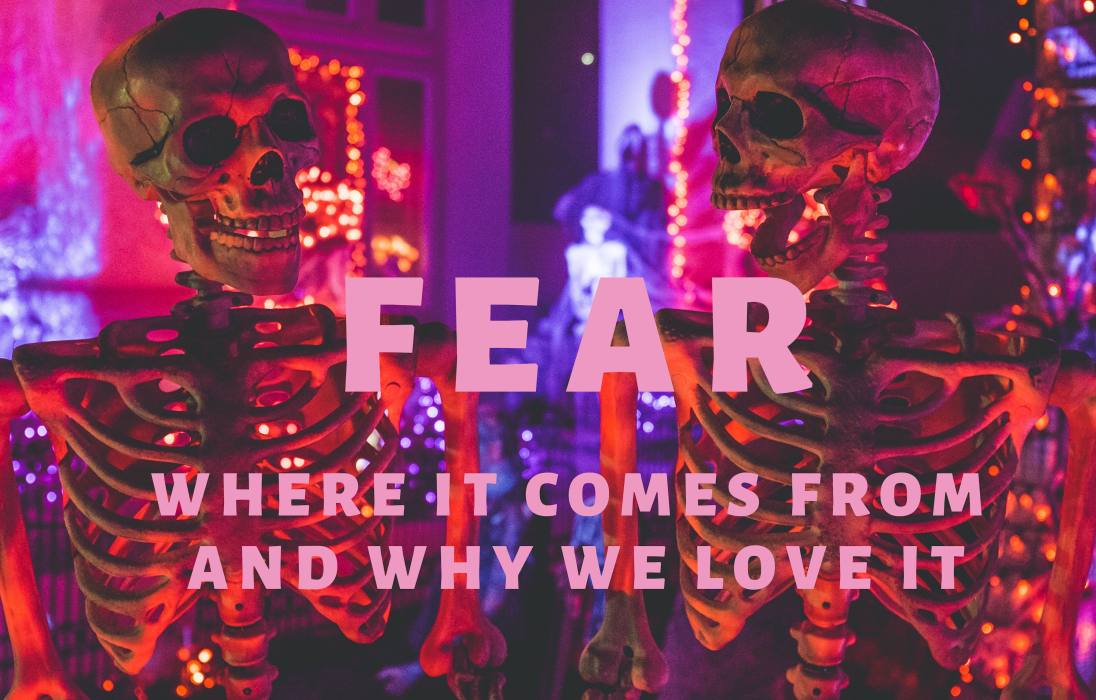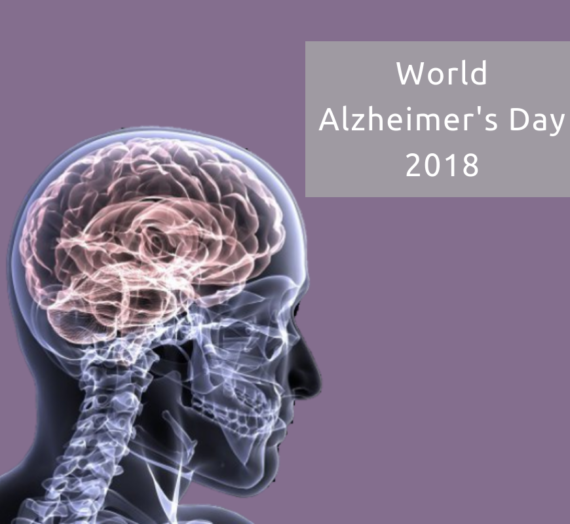Though stores will have you believe it’s already time for Christmas cheer, the spookiest time of the year – barring exam season – is finally upon us.
Trick-or-treating is all but forgotten – Halloween is as much about scary Netflix shows, horror film remakes and haunted houses as it is about taking free candy from strangers. This time of the year highlights the fascination so many of us have with the frightening.
But what explains the commonality in our fears as a species? And why, despite the physiological responses from our amygdala signalling danger – increased heart rate, rapid breathing, sweating, shaking – do some of us enjoy being scared?
Thanks, Flintstones
Turns out, we could have a lot more to thank our ancestors for than we thought.

Not just a shorthand for old friends, snakes, as well as spiders, are amongst the most common fears humans share. Though there is dispute on the matter, studies have suggested that snakes and spiders are innate fears, ingrained in us from our ancestors, for whom even a non-venomous bite could have spelled death. Only those who had been able to respond appropriately to these dangers had been able to stick around long enough to procreate.
Researchers at Max Planck Institute in Germany, University of Vienna, Austria and Uppsala University in Sweden conducted a study in which they presented pictures of flowers and spiders or fish and snakes to six-month old infants and measured their pupillary responses to find out if there was evidence to support that fear of spiders and snakes are innate, rather than a fear we learn as we understand the dangers associated.
The study found that the infants had increased pupillary dilation to the pictures of spiders and snakes rather than fish and flowers, suggesting that spiders and snakes evoked increased physiological arousal in the infants. This indicates that humans could inherit ancestral fears, which would increase our preparedness for these threats.

In his book Snakes, Sunrises and Shakespeare, evolutionary biologist Gordon H. Orians explored how such threats became a part of our biology from their exposure to our ancestors. Sunsets, he theorised, could have given rise to the fear of darkness. A setting sun would have indicated impending danger to our ancestors due to increased predators and poorer vision, creating the urgency to find a safe refuge for the night. Similarly, viewing a sunrise indicated having been able to spend the night in safety and did not elicit the same negative response.
A study conducted at the University of Virginia found that children were able to detect the presence of snakes in pictures faster than they detected non-threatening stimuli such as caterpillars, frogs and flowers. The results of the study suggest that humans have an evolved ability to perceive ancestral threats.
The subjects of the study exhibited an increased awareness to these threats. However, these studies did not prove that this heightened attention elicited a fear-driven response, which could explain why many do not share this fear.
Thrill seekers
Why, then, despite our brains being aware of the dangers of such stimuli, do some of us enjoy being scared?
In the ‘fight-or-flight’ response triggered by fear and threatening stimuli, dopamine is released by the hypothalamus in the brain. This neurotransmitter is involved in promoting feelings of motivation towards activities that bring pleasure and reward, linked to a ‘natural high’, which could be why we feel satisfaction after we are faced with fear-triggering stimuli and feel the desire to experience them again.
Studies have found that this release of dopamine differs in levels in different brains, which could explain why some of us enjoy being scared more than others.
Research by Dr David Zald of Vanderbilt University, USA found that some people had fewer autoreceptors, which regulate dopamine release, than others. This resulted in increased pleasure being derived from fear-inducing stimuli by these people than by those with more autoreceptors.
However, researchers agree that enjoyment of fear occurs when humans still perceive themselves to be in ‘safe zones’. Haunted houses, for instance, are a key example of voluntary participation with and positive responses to fear in a controlled environment.
The takeaway from that, then, is to not throw yourself into crazy killer clown situations or – like our foolish counterparts in films – abandoned cabins in the woods, no matter how great the temptation of a ‘natural high’ may be.
References
- https://www.researchgate.net/publication/320480172_Itsy_Bitsy_Spider_Infants_React_with_Increased_Arousal_to_Spiders_and_Snakes
- https://books.google.bg/books?id=u2sYAwAAQBAJ&pg=PA55&lpg=PA55&dq=snakes+sunrises+and+shakespeare+sunsets&source=bl&ots=O5I0rcl6Xo&sig=lTst65aBx3kKCh0CiAfiAdiyamE&hl=en&sa=X&ved=2ahUKEwiWjeXpvLDeAhXntIsKHX1mCnsQ6AEwDXoECAQQAQ#v=onepage&q&f=false
- http://www.faculty.virginia.edu/childstudycenter/Detecting%20Snakes%20in%20the%20grass%20(2008).pdf
- http://zaldlab.psy.vanderbilt.edu/Press/press.html




